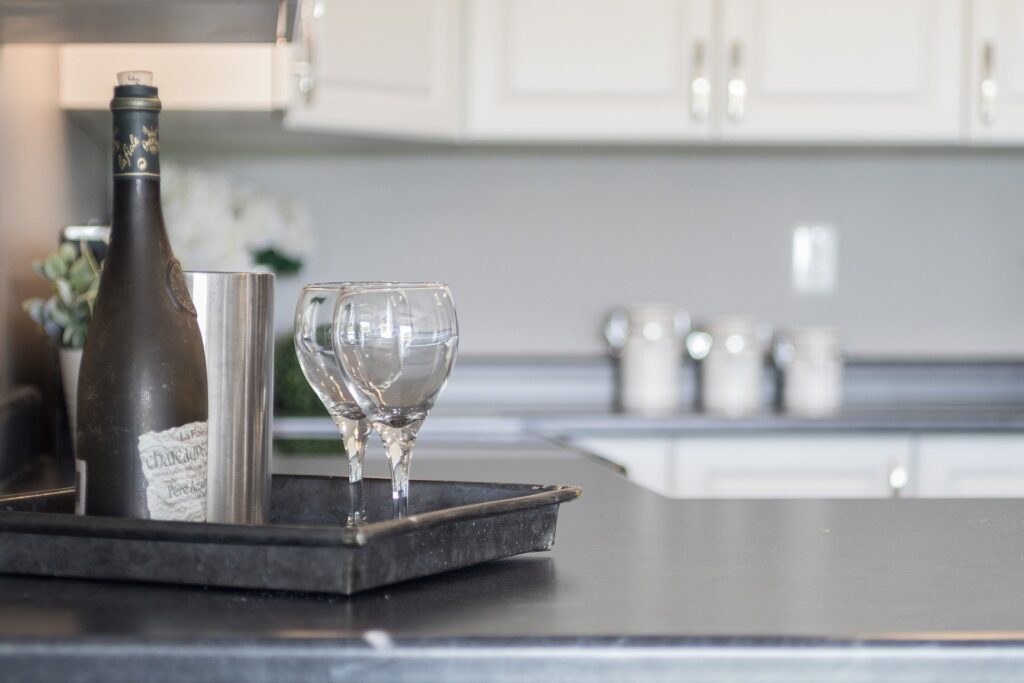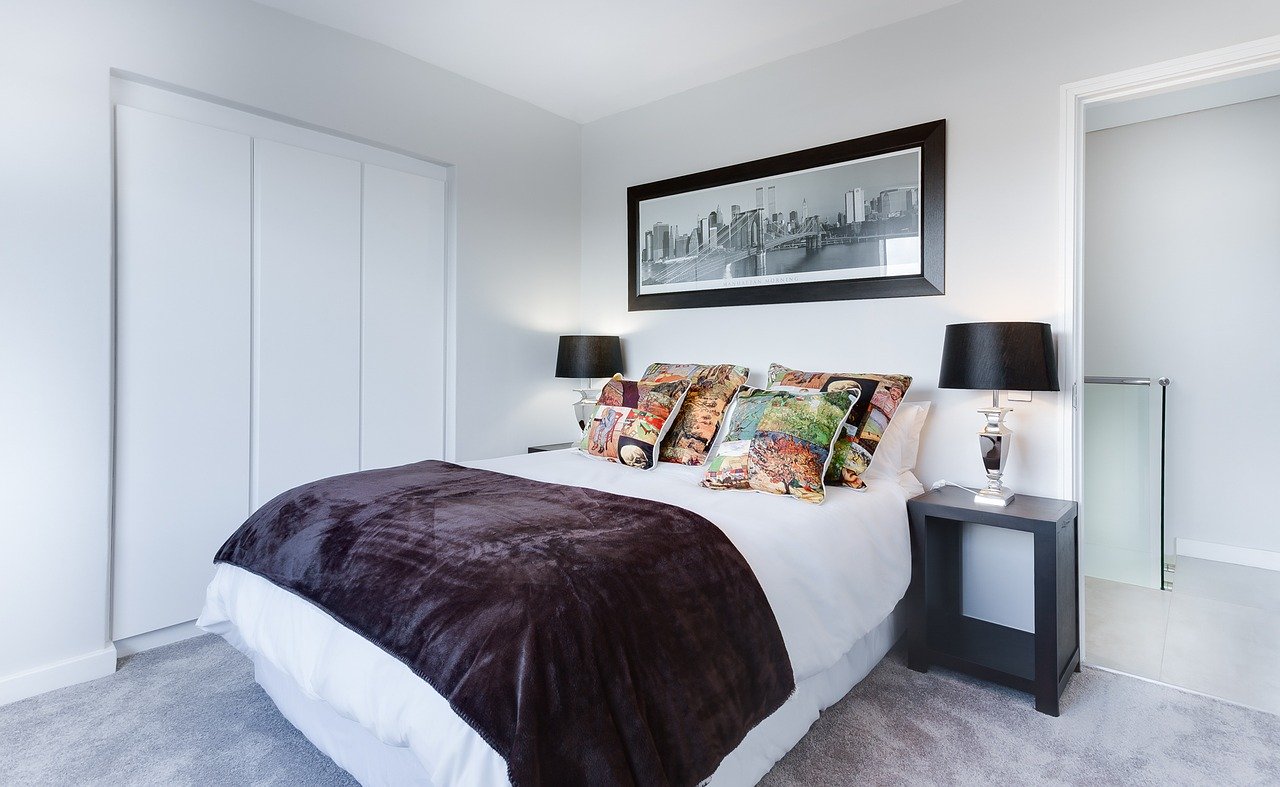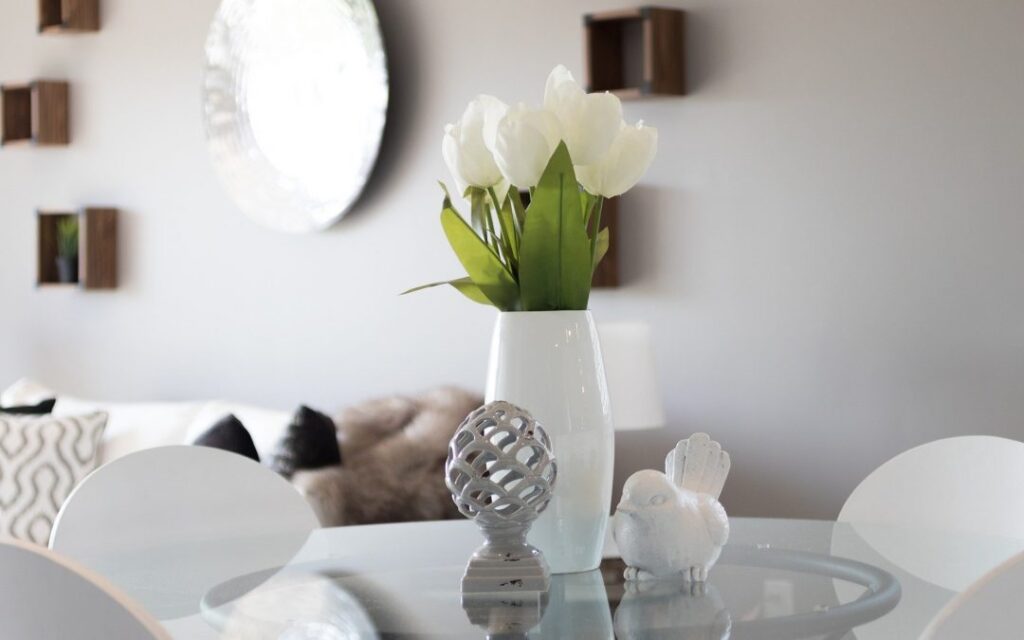Appearances are often deceiving but, if you want to sell a product, you’ll need to work on the presentation of the product, above all if you have many competitors. Differently you could face a failed sale, a lowered price or an expensive extension of the selling operation.
HOME STAGING: SELL IT SOONER, SELL IT BETTER
If this logic is valid in every sector, that’s even more true in the real estate market, where the product generally represents the investment of a lifetime. How to get noticed on the market? How to sell quickly? How to avoid pressing requests for price adjustments? The answer is still the presentation of the product: in other words, home staging.

The “legend” tells that was Barb Schwarz, born in Kansas (USA) seventy-six years ago, the first to realize the possibilities of making a business out of this need. Author of “Staging the world“, “Home staging business” and many other books, Schwarz has been able to fit halfway between the real estate sector and interior design, giving life to what has gradually become a new profession, the home stager.
WHAT DOES THE HOME STAGER DO?
While the interior designer is hired by the owner of a property to give life to his dream home and the real estate agency intervenes at the time of the sale; the home stager, on the other hand, prepares the property for potential buyers and, at the same time, for sale. A good home stager, therefore, must have design skills but also know the real estate market.

- If the home stager has to work on a empty property, its task will be to give it life, allowing the potential buyer to see and feel the spaces, communicating the potential of the house, highlighting its strengths, hiding it the defects. If the house he is dealing with is inhabited, the home stager will most likely work by subtraction (declutter in jargon), de-personalizing and revisiting the house.Shortly, he will work like a scenographer, where the furniture and decorations will not have to respond to the personal taste of the owner, but to the target audience needs. That is why the preliminary work of the home stager is the market analysis, with a careful study of consumption trends and the elaboration of a marketing plan. His work, in fact, also includes the creation of a sale strategy and advertisements. This phase is followed by the design and, therefore, the virtual home staging.
At this point, the house is ready to end up on the market, even before the last step, the physical home staging, since a good rendering already allows future customers to get a precise idea of the spaces and their possible use. Once the work is finished, the home stager will take care of the creation of professional photographs and videos, which can be even more decisive for the sale.

A REAL INVESTMENT
The whole operation has to be considered as a real investment, useful for increasing the perceived value of the property and, as we said, to sell sooner and at a better price.
According to the [Home Staging Lovers association, for example, without home staging intervention, a property can remain on the market for an average of 221 days. In the case of home staging, however, the days are reduced on average to 48 and the average discount on the price is just around 2%. So home staging seems to be a good deal at least for the seller, whether we’re talking about a owner who needs to make the sale as soon as possible without lowering the price or a professional seller. Not to mention that the home stager can also prove to be an excellent collaborator in the rental sector, both short and long term.
After all, as Barb Schwarz likes to remember, “home staging is a communication tool“.

